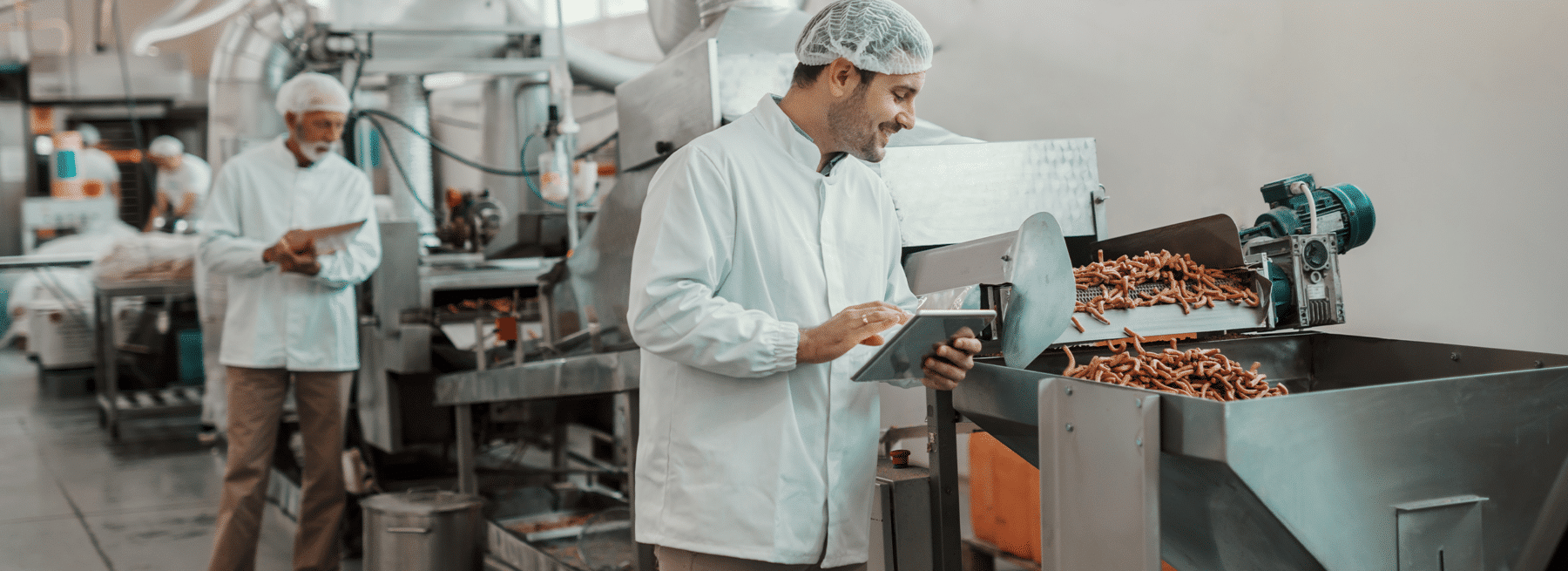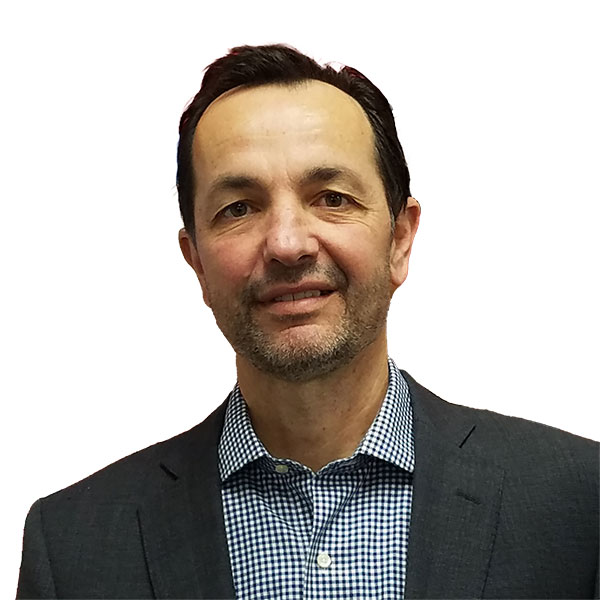The United States has one of the strictest regulations concerning food safety. That’s why the food manufacturing industry prioritizes health and safety. They want to ensure they remain in compliance with the regulations. Additionally, they are under pressure to continuously improve business operations and find ways to minimize losses.
More successful food manufacturing facilities are addressing these challenges by investing in video surveillance technology. The industry has used some form of video surveillance for decades. The security cameras have helped monitor for potential contamination incidents and help prevent theft. Now it can do much more.
Advantages of Video Surveillance in Food Manufacturing
Video surveillance has evolved and advanced to the point that it offers more advantages for food manufacturers. This is especially the case when you add monitoring. Here are the top advantages of security cameras with monitoring in food manufacturing.
1. Help with FDA regulations
The Food Safety Modernization Act (FSMA) of 2011 went into effect to help prevent foodborne illnesses. As a result, the FDA gained greater authority regarding food processing. It’s challenging to pass FDA inspections. Video surveillance with remote monitoring often includes storing all video as recordings. You have access to footage that can come in handy for any contamination claims.
The footage can show your facility properly stores and secures its chemicals, toxic cleaning agents, and products. You can enhance the security of these products by storing them in a limited access area. An access control system integrated with video surveillance ensures people who have access can get in while keeping everyone else out.
2. Improve business operations
In food production, remote video surveillance is valuable for catching potential hazards and problems such as cross-contamination, compliance breaches, and failure to stick to processes. Food manufacturing facilities have processes to guarantee the safe and efficient manufacturing of products. Video surveillance with monitoring could verify employees follow processes.
The footage can be used to train workers in the right and wrong way to do things. They can also be used to train new employees. Companies that take advantage of video for cross-functional purposes can realize operational benefits. Multiple departments can review videos to help enhance operational efficiencies.
For example, a manager may use the footage to count the number of people in specific areas of the facility. This helps them determine if they have enough staff for the shift or to make adjustments. Another can use video to determine whether the facility layout works or if it can be improved. Video cameras offer bird’s eye views of the facility. It’s possible to find process improvement opportunities.
Food recalls are very expensive. Not just in the cost of the recall but also in the reputation of the company. As a Quality Assurance Magazine article explains, many variables come to play in determining the true cost of a recall. However, experts often quote a number higher than $1 million.
Food manufacturers can’t assume everything works and everyone follows rules and processes. Video surveillance with monitoring adds a layer of assurance. It can confirm whether everyone sticks with the rules and processes or whether there is a need to address them.
3. Maintain a high level of safety
As previously stated, video surveillance gives management a way to check whether people are following procedures and safety protocols. It’s challenging to confirm everyone follows safety guidelines when you’re on the ground with the workers. Positioning video cameras provides management with a better view of operations.
Supply chains have grown more complex and take longer. There are many stages the food undergoes before they reach the customer. These consist of harvesting, processing, transportation, storage, and distribution. Each stage comes with its own risks for contamination.
Additionally, food is perishable. Video surveillance can watch over these and people’s interactions with the food. Video can identify opportunities for reducing contamination and maintaining high levels of safety.
Installing cameras wherever food preparation occurs will help the quality assurance (QA) team and management identify process improvement opportunities to reduce contamination risk.
4. Identify equipment failure fast
Anytime equipment breaks, it can affect output. Every minute the equipment is down can cost hundreds of thousands of dollars. Video surveillance can help catch equipment problems in real-time. The sooner you catch them, the sooner the problem can be fixed and production restarts.
5. Minimize losses
Along with uncovering process breakdowns and opportunities, video surveillance with remote monitoring can help spot ways to improve employee effectiveness. These can prevent losses. Even human inspectors working on site cannot cover as much ground as video surveillance can with the cameras’ higher views.
Besides, cargo theft is a serious problem for manufacturing facilities. Sensitech’s U.S. Cargo Theft Report shows the average loss value per instance of cargo theft during the third quarter of 2021 was $337,000. Cargo thefts often result in violence and come with a high price.
Between inflation and supply chain woes, manufacturing facilities cannot afford to lose any materials or products. That’s why minimizing losses is important. If any loss occurs, then video surveillance is a powerful tool for determining what happened. This information can assist in refining the process, so it won’t happen again.
Organized retail crime is a growing problem. Thieves attack facilities to get the products from the source. It ensures the food is at its freshest. Theft of food products is also hard to prove as food is a consumable and perishable commodity.
6. Document activities
Regulatory compliance requires documentation of key activities. Processes and procedures go a long way with this. Adding video documentation will show that the facility follows compliance guidelines.
It will also provide visual support whenever a question comes up about contamination or safety concerns. Anytime a problem is caught on video, the video clips can be used in internal training.
As you can see, video surveillance offers much more than security. Video surveillance with monitoring in food manufacturing comes with many advantages. It’s a highly regulated industry that demands abiding by strict protocols and procedures.
Capturing all activities on video can help with FDA inspections, enhance business operations, improve safety, catch equipment problems early, reduce losses, and document activities. It can also deliver one of the best returns on investments. Companies working with Stealth Monitoring often see a return on their investment within months.
How Remote Video Surveillance Works for Food Manufacturing
Video surveillance with remote monitoring can watch over the entire food manufacturing facility and the areas around it including the parking garage and docks. It’s a proactive technology that can help deter crime, boost safety, maximize facility productivity, and lower liability. Another benefit of the technology is that it has multiple layers of security built in.
These layers of security include the visibility of video cameras. This is a deterrent as some trespassers will notice the cameras and decide to go elsewhere where there aren’t cameras. Unfortunately, this won’t stop everyone because there are more brazen thieves who will stop at nothing to achieve their mission.
Another layer is video analytics. This is programming in the video cameras that continuously scans the property and looks for a match to one a pre-programmed scenario. As soon as it identifies a potential match, it notifies a trained monitoring operator working from a location away from the manufacturing facility. That’s why it’s called remote video surveillance.
The next layer is the human monitoring operators. They can review the situation and quickly respond as needed to resolve it. One possibility is issuing a warning to the intruders on an onsite speaker. This stops some people but not determined criminals.
If the suspects don’t heed the audio warning, then the monitoring operator can call the police. While the police make their way to the facility, the monitoring operator follows the invaders until the police reach the facility and take over.
The next layer is the video footage. Video surveillance can record and retain everything. Companies will have the evidence they need to show what really happened. The video recordings can be searched by analysts.
This evidence is valuable in hard-to-win cases such as liability claims, injuries, and fraud. It also helps when a company learns about something that happened weeks or even months later. Analysts can search these recordings to figure out what happened. In doing your due diligence for a video surveillance technology vendor, ask them how long they retain the video footage.
The most effective video surveillance technology contains video analytics and human operators. Video analytics do a lot of heavy lifting in watching the cameras while the operators know how to handle every situation.
Food manufacturing companies depend on video surveillance with monitoring to help achieve one of their most important goals – putting a priority on health and safety. The multi-layer security technology can fill many gaps to help ensure the food remains safe and free of contamination.
In looking for a security vendor, one of the first things to ask is whether they have experience securing manufacturing facilities. This industry has regulations and requirements that are unlike any other industry.
Food manufacturing companies must prioritize health and safety while reducing risks as much as possible to stay compliant. Stealth Monitoring’s proactive video surveillance with remote monitoring can help. To learn more, download the free guide Remote Video Monitoring: More Than Just Catching Criminals. If you want to learn more about video surveillance for food manufacturing, please contact us. Texas Private Security License Number: B14187

